It is hard to walk through any wooded area or neighborhood in Southern Ontario in the Fall without spotting green balls on the floor.
This is the black walnut, belonging to a tree species native to North America. Walnuts are a tasty treat, but harvesting and processing requires a lot of work.
This year, the crop seems to be extremely abundant. Here are several facts that are good to keep in mind if you decide to harvest some walnuts:
- walnuts are ready to harvest if your finger leaves an indentation on the green husk
- the green husk contains natural herbicides and it is not really suitable for compost (although oxidation fairly quickly neutralizes that chemical)
- green husk leaves yellow stains, so gloves are mandatory
- the green husk is poisonous to horses and dogs
- blackened and rotting husks do not affect the quality of the nut
- the black walnut tree fruits every two years
- it is not advisable to harvest directly from the tree; wait for fruit to fall on the floor
There are many ways to eliminate a husk. I make a circular incision around, twist two halves and push the nut out. That way, all debris is left on the collection spot. Some people drive theircar over nuts, walk over them etc. Of course, that assumes some hard surface, like a driveway to spread walnuts. The husks will leave quite stubborn stains on concrete and asphalt, too.
After removing husks, the nuts looks quite dirty and messy:
Again, there are many techniques to do the washing (power washers is one), but I simply wash them in the sink, agitating them with a sturdy stick (a broom handle would be good choice) until the water runs relatively clear.
At some point in this process, I cover the nuts completely with water and eliminate any floaters.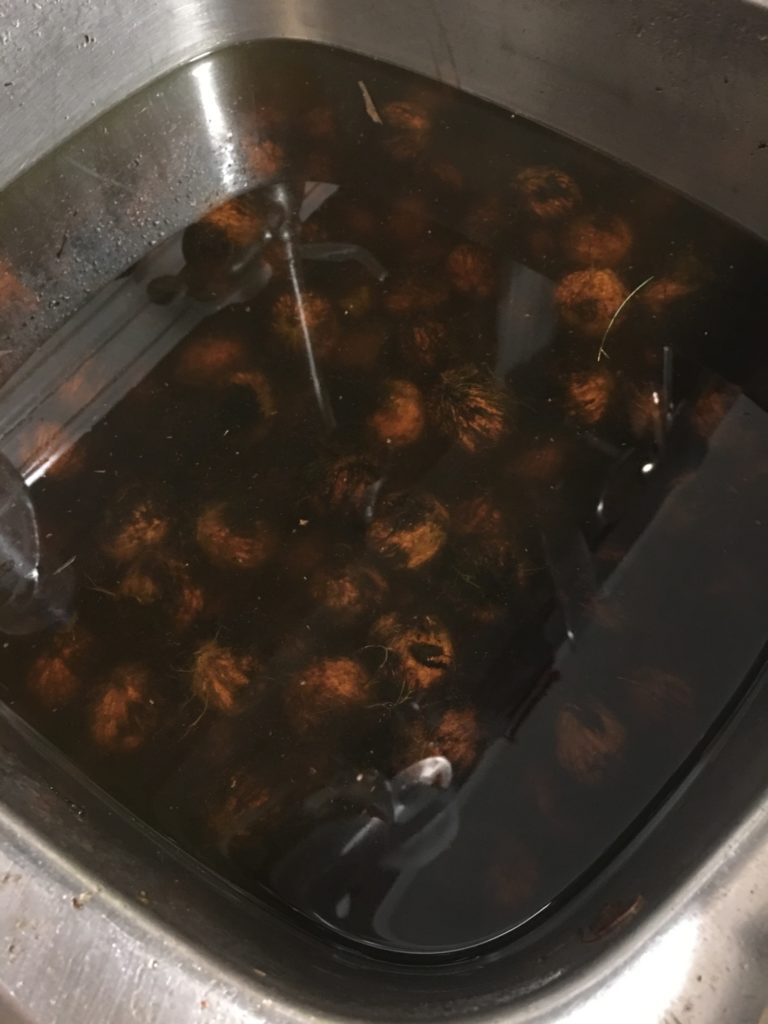
At the end, the nuts will look relatively clean. Dark spots are created by a rotting husk.
Cleaned walnuts are stored in a bag with holes (an onion bag is a good choice) and dried for several weeks. I hang them in the garage, but any dry and aired space is fine. Make sure that squirrels and chipmunks do not have access to your stash. The drying process takes about 10 days, but I prefer 3-4 weeks.
Now the real work starts. Cracking and shelling black walnuts is quite a task.
I crack the whole batch with a hammer, banging on the pointed tip of the nut. I collect all the pieces into the bowl.
On the photo you can see my tool of choice for final cracking and cleaning. After a lot of effort and time, the end result is a handful of walnuts and a whole bunch of cracked shells.
These nuts are lovely for cookies and cakes or mixed with ordinary walnuts for a more intense taste. They are very healthy and some sources say that they eliminate some types of cancer. In any case, they are a natural, pesticide-free product with a distinct aroma and taste.

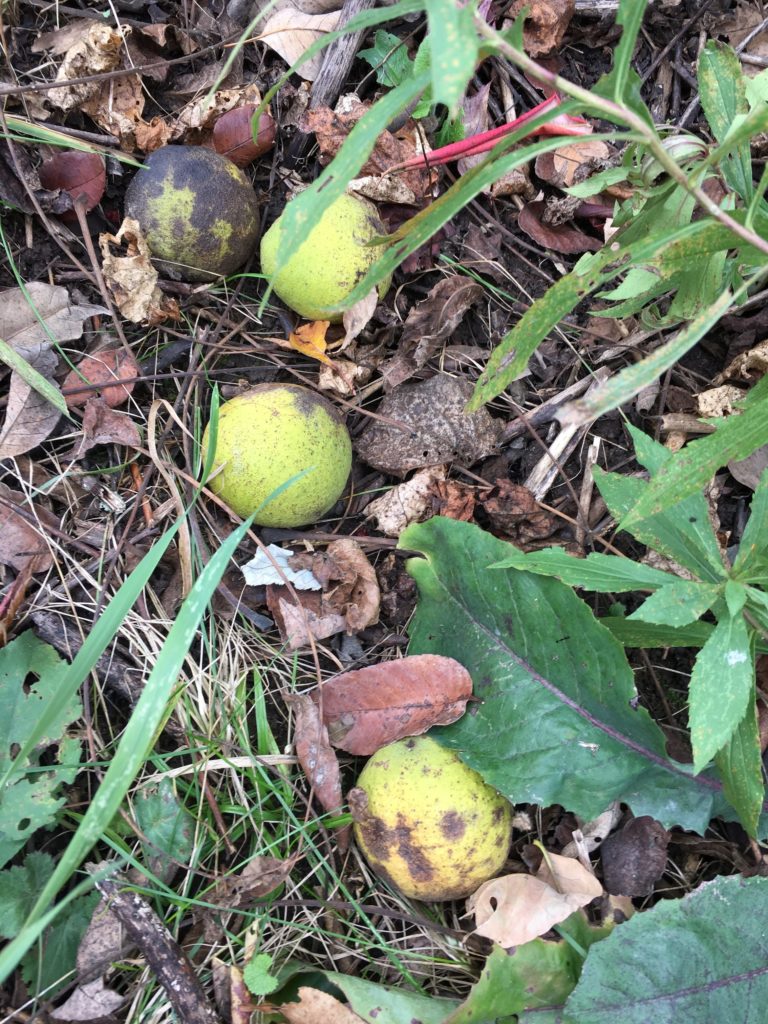
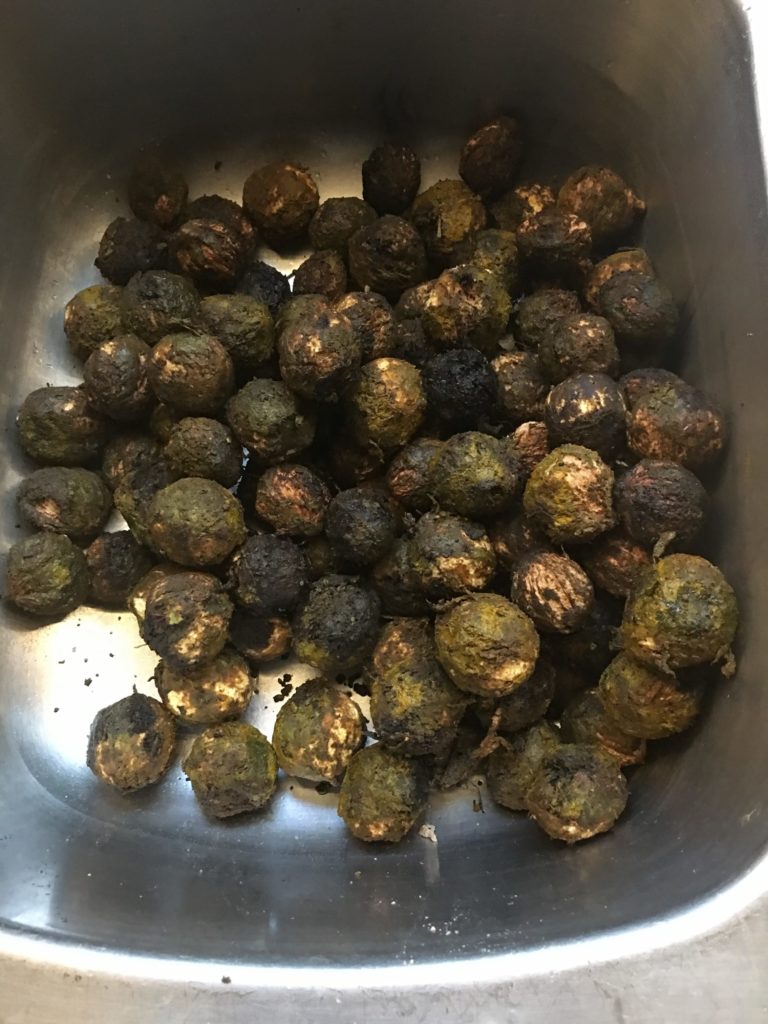
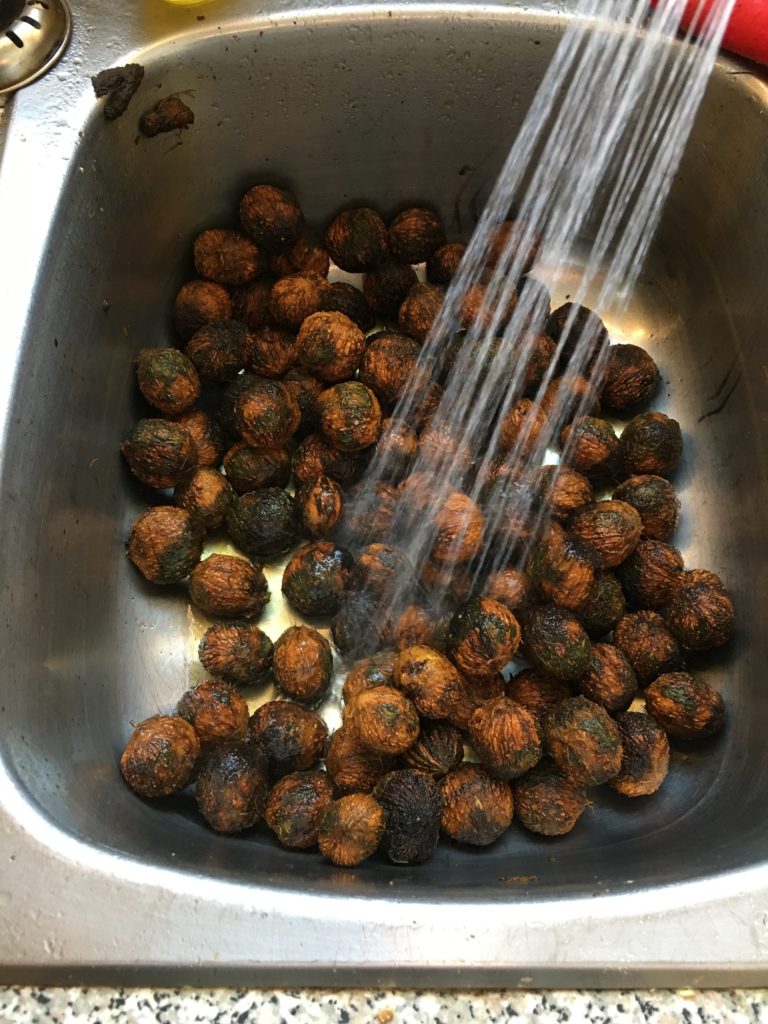
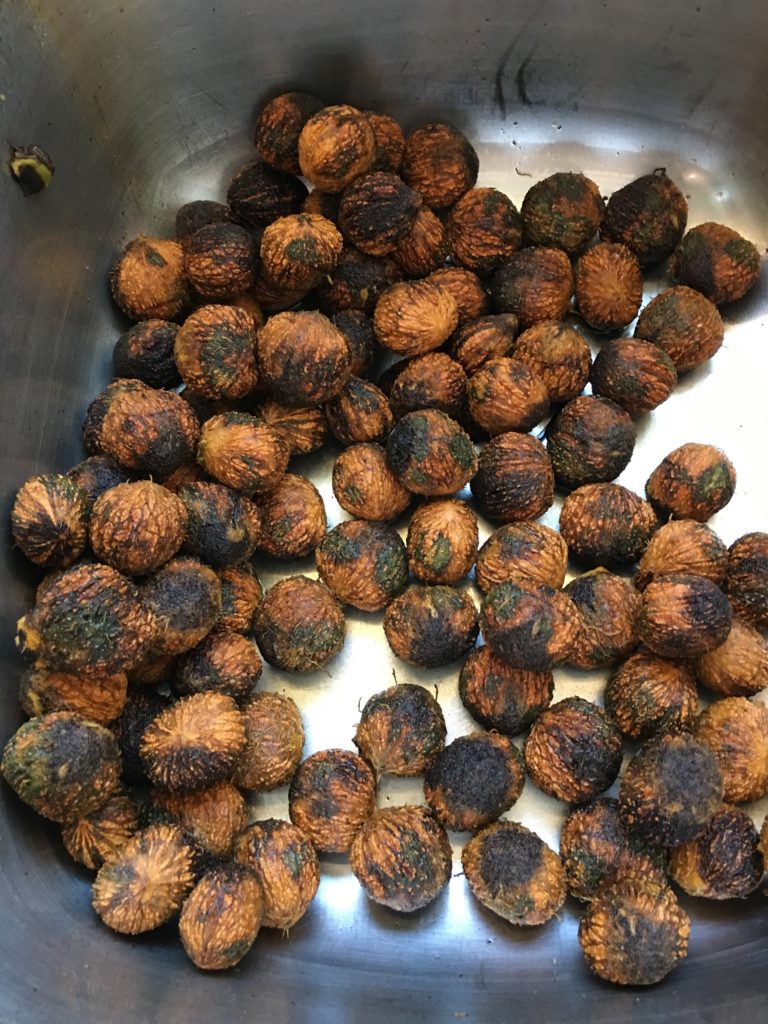
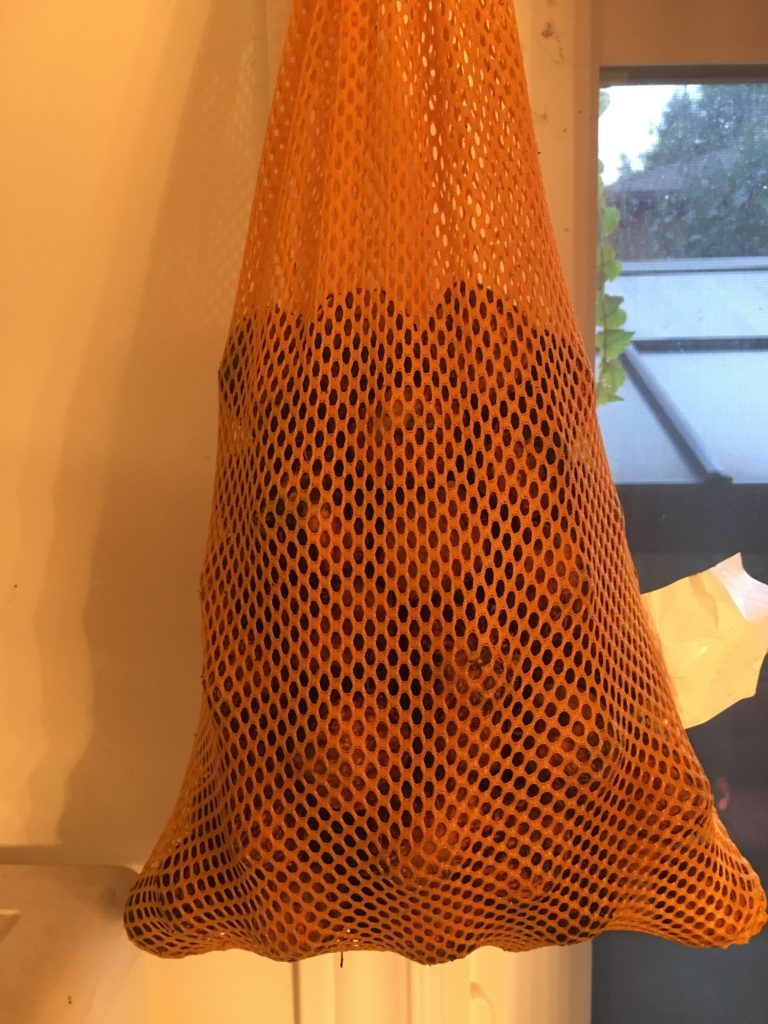
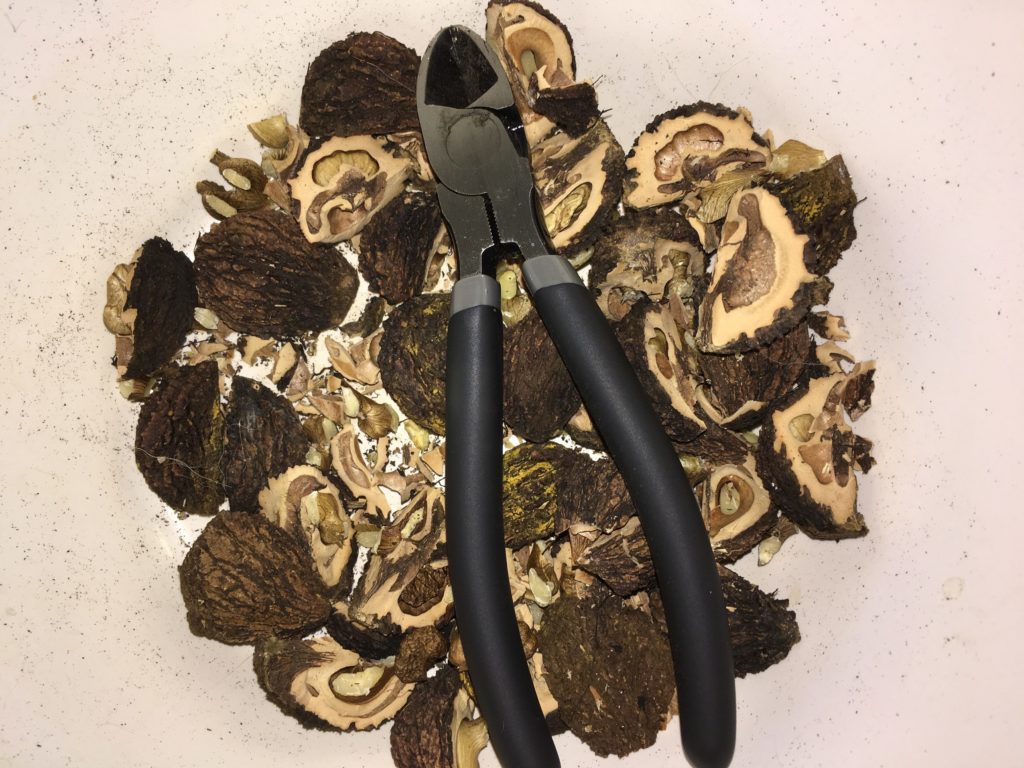
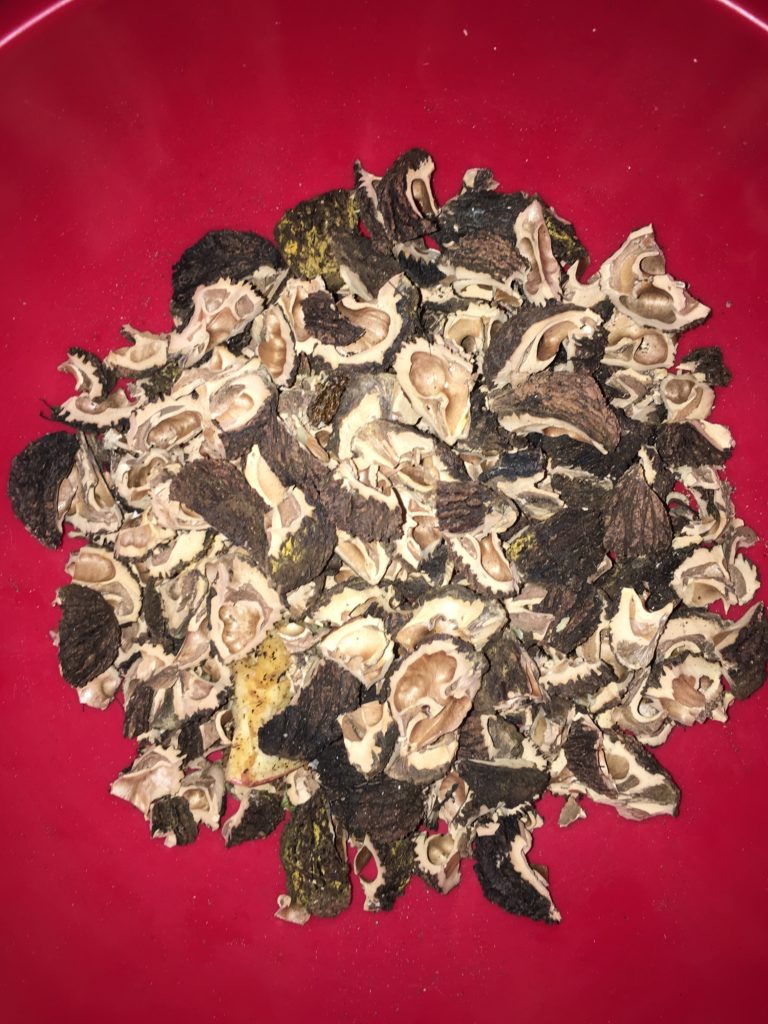
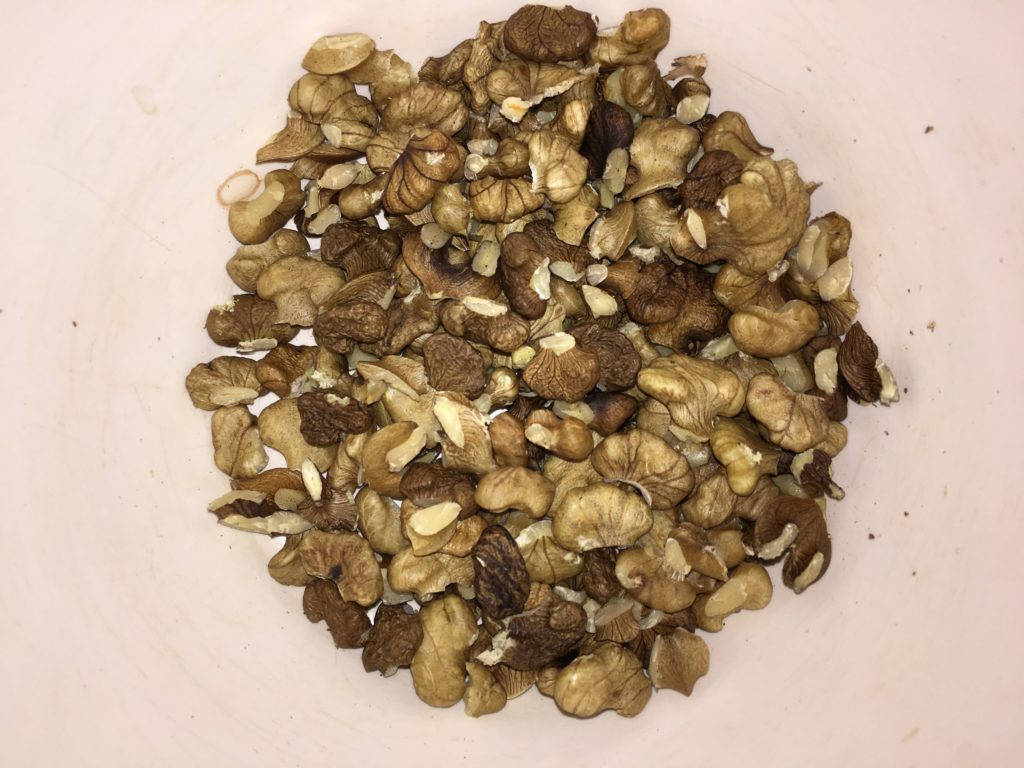
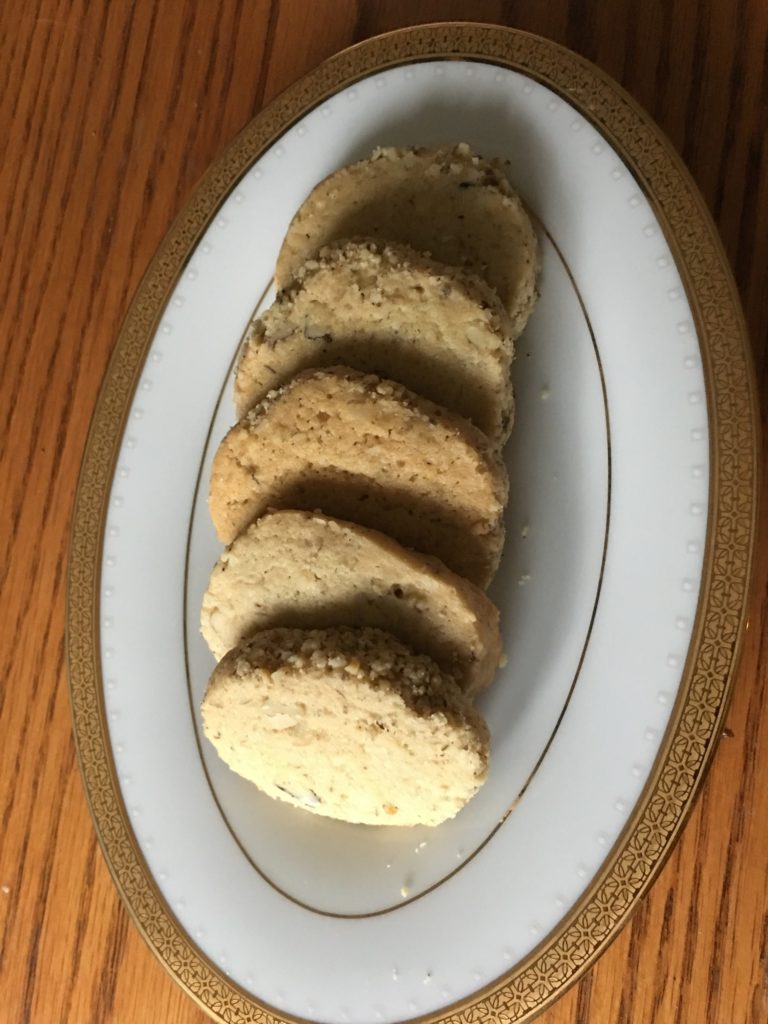
Great post, Zoran!